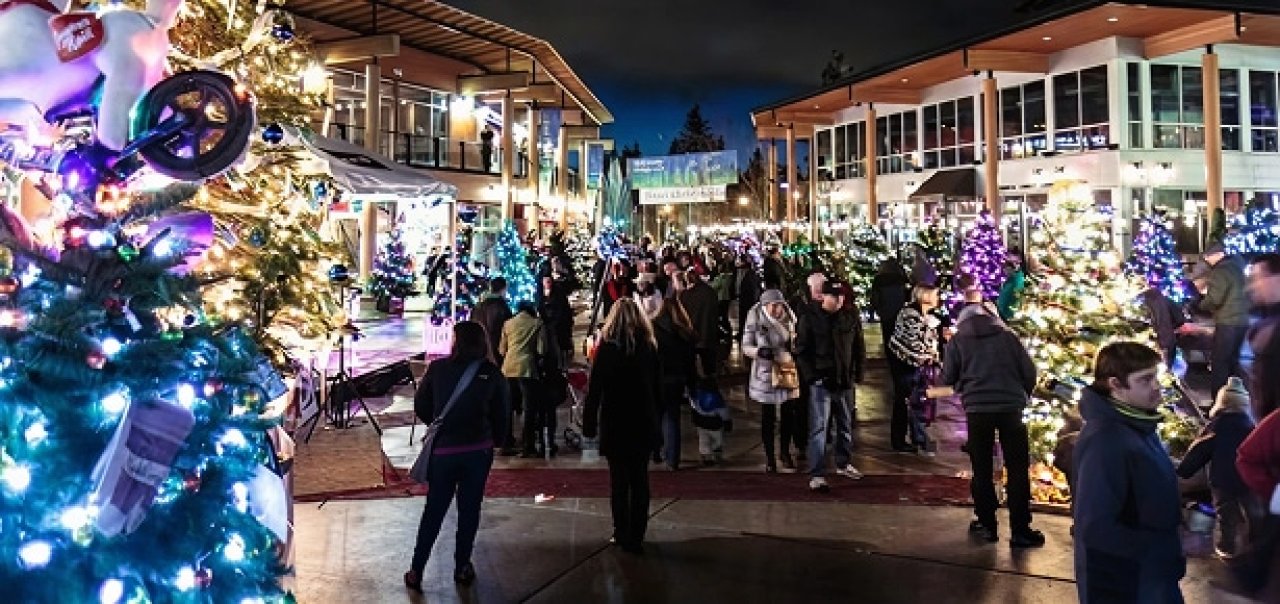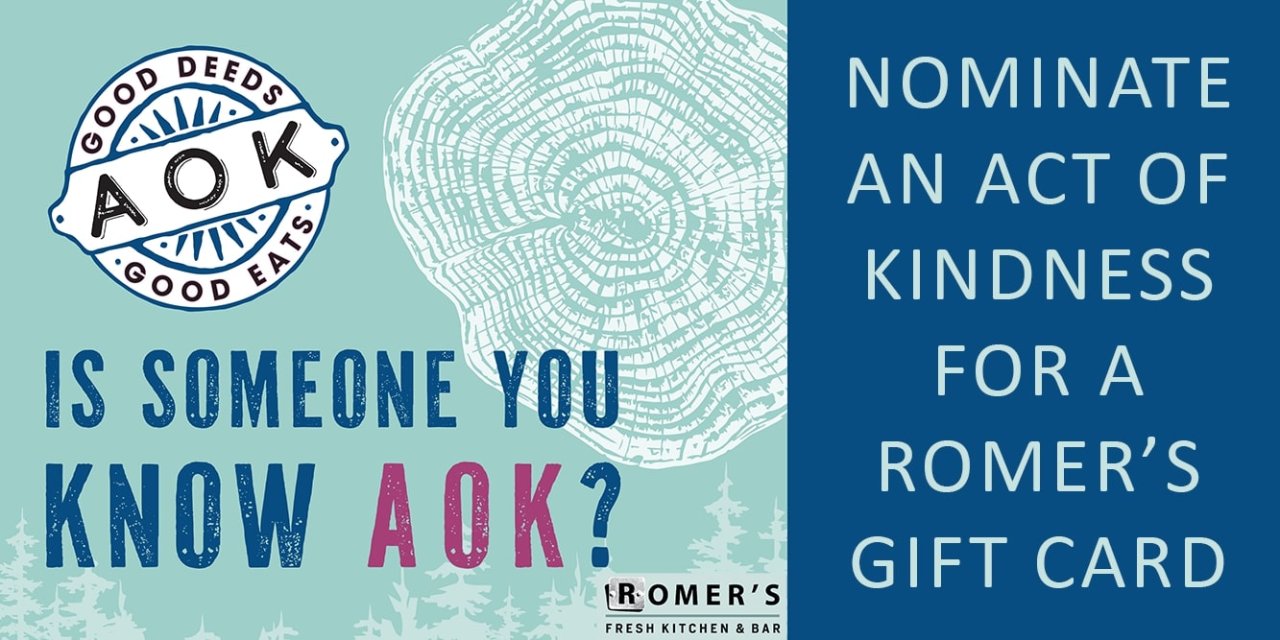News
& Events
Hi there neighbours, and a very warm welcome to our blog. Where the real news of a community is shared. Sit down and stay awhile…. and check back regularly, so we can keep you in the Lynn Valley loop.
Filter by Category

December 5, 2025
Lynn Valley Real Estate Market Analysis - November 2025

December 4, 2025
Help Send the Argyle Rugby Team to Argentina

December 4, 2025
From End of the Line to the Pro Rink

December 3, 2025
Lynn Valley Library Hosts North Shore Authors Book Sale

December 1, 2025
Shop Local this Holiday Season

November 7, 2025
Lynn Valley Real Estate Market Analysis - October 2025

November 6, 2025
Upcoming Winter Holiday Events & Markets

November 5, 2025
New Harbour Swimming Deck Coming to North Vancouver
Community Calendar
-
Dec 161:00 PM - 2:30 PMLynn Valley Library 1277 Lynn Valley Rd, North Vancouver BC V7J 0A2, Canada
-
Dec 17
Lynn Valley Legion General Meeting
6:30 PM - 7:30 PMRoyal Canadian Legion, 1630 Lynn Valley Rd, North Vancouver, BC V7J 2B4, Canada -
Dec 18
Hot Cocoa with a Youth Worker
3:30 PM - 4:15 PMLynn Valley Library 1277 Lynn Valley Rd, North Vancouver BC V7J 0A2, Canada -
Dec 19
Meat Draw and 50/50
6:30 PM - 8:30 PMRoyal Canadian Legion Branch 114, 1630 Lynn Valley Rd, North Vancouver, BC V7J 2B4, Canada



